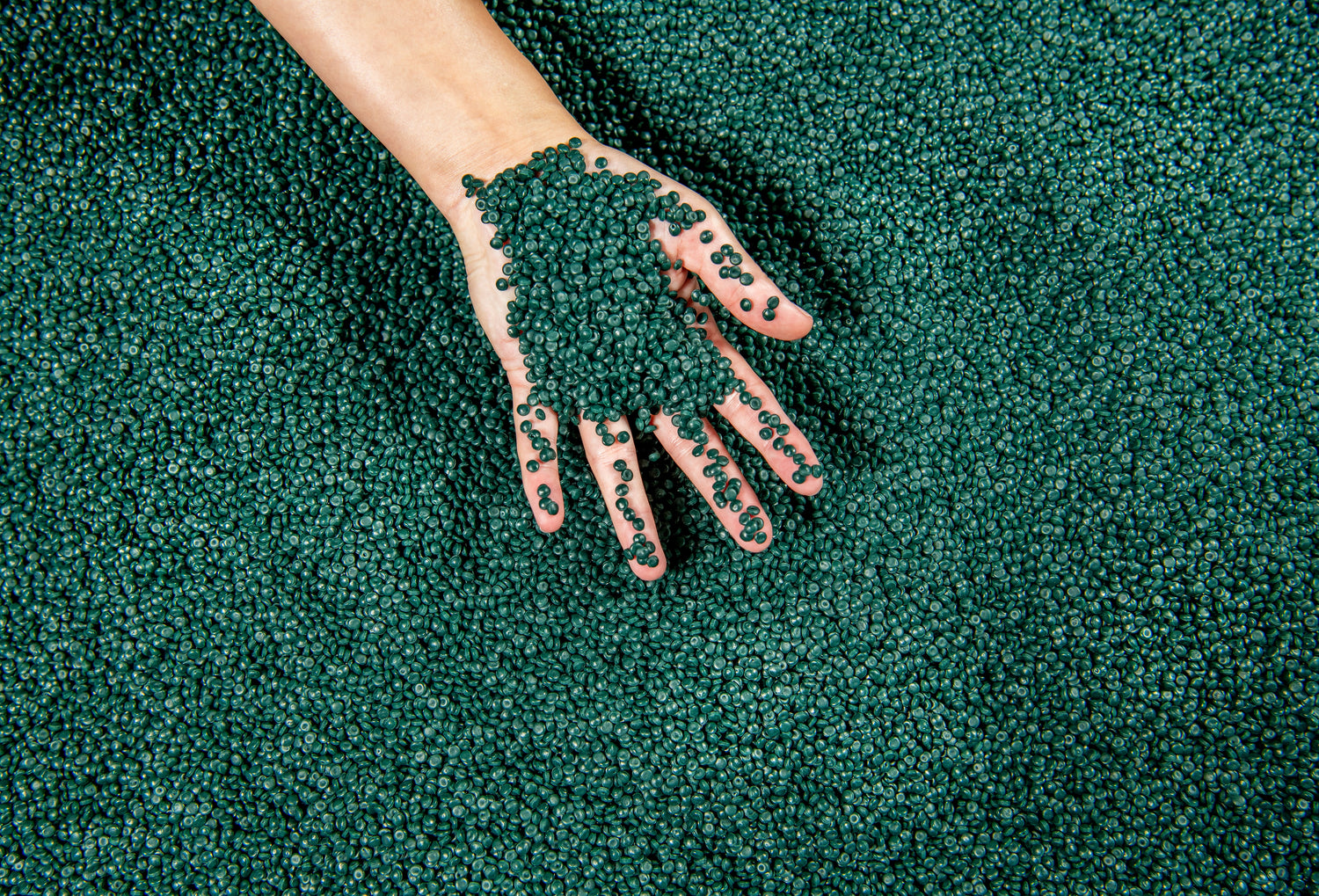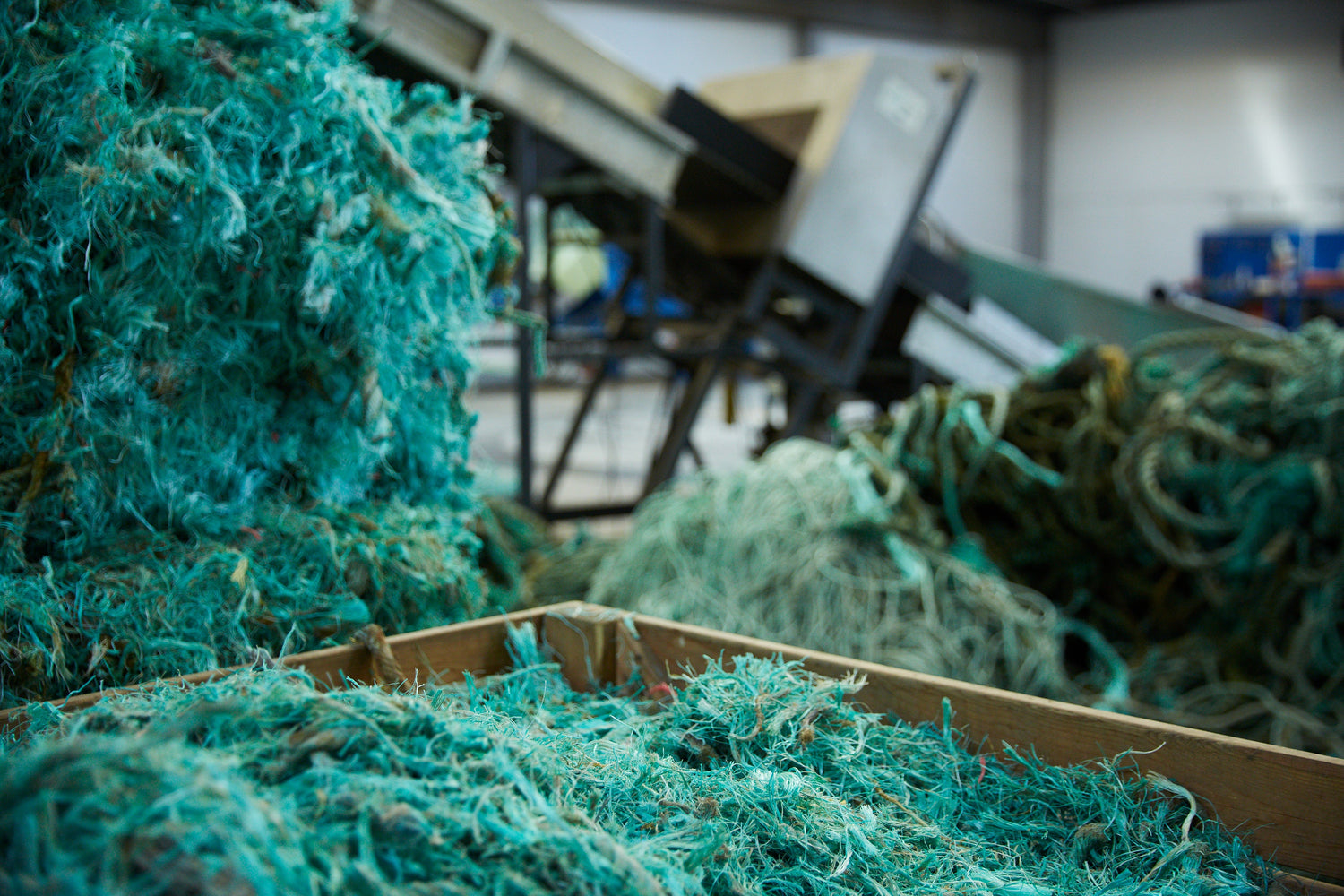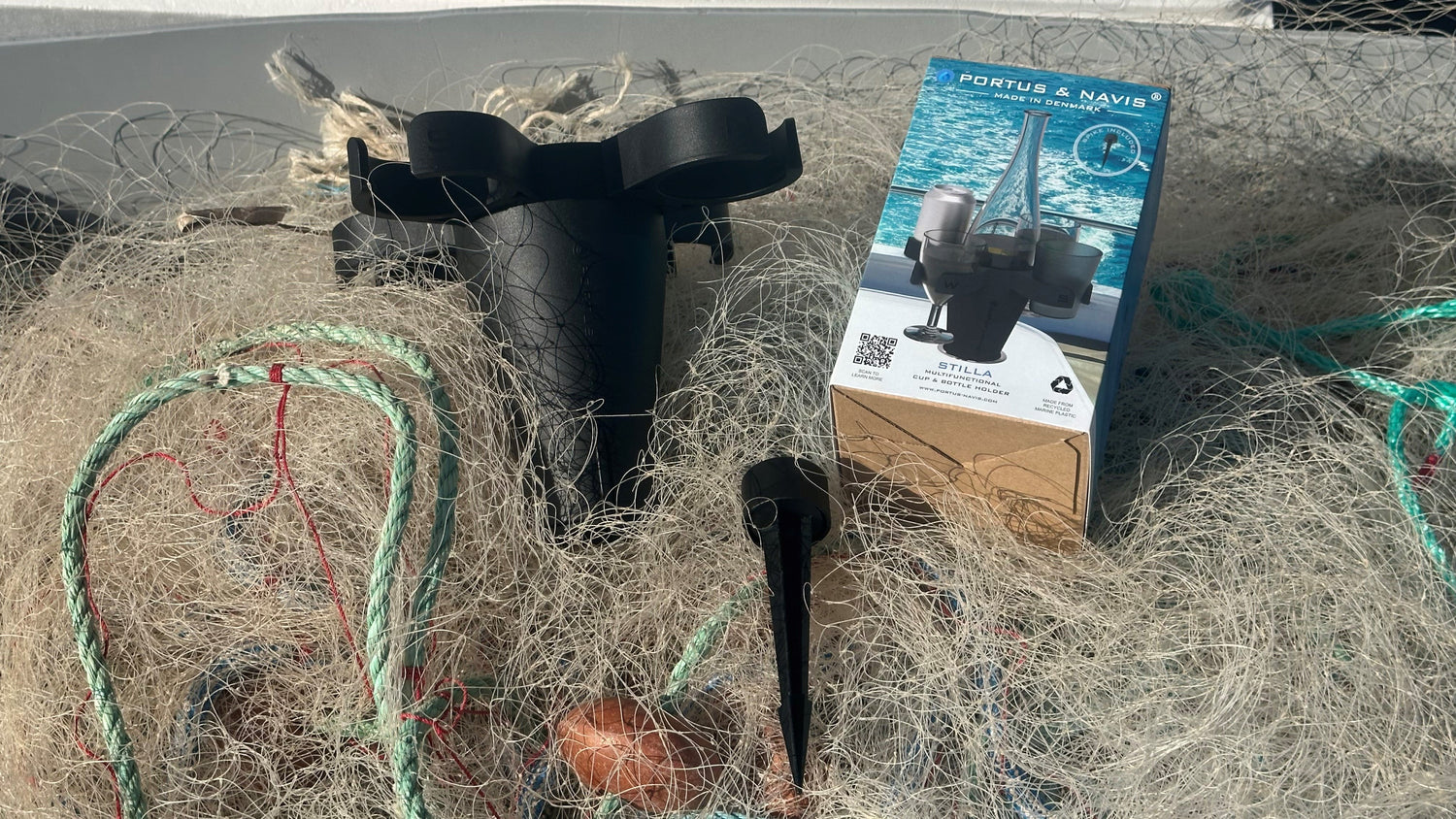Portus & Navis



Collapsible content
Doing our part
As a company that values the ocean and seascapes, Portus & Navis is committed to producing sustainable products that minimize harm to the environment. This commitment is reflected in the production process of STILLA, our multi-cup and bottle holder solution. We have chosen to use recycled plastics harvested from old fishing ropes, trawls, and nets in making STILLA. Our product consists of 60% reclaimed plastics and 40% virgin plastic. The use of recycled plastic has numerous benefits when compared to newly produced virgin plastics alone. This article will discuss the benefits of using recycled plastic in making STILLA and how we turn end-of-life plastics into a functional and sustainable product.
Conclusion
At Portus & Navis, we are committed to making every moment count by protecting the ocean and seascapes that we love. The use of recycled plastics in making STILLA is just one example of how we are taking steps to create a more sustainable future. By reducing CO2 emissions, supporting a circular economy, and preventing maritime plastic waste, we are doing our part to minimize harm to the environment. We hope that other companies will follow our lead and prioritize sustainability in their production processes.
Reducing CO2 Emissions
Producing recycled plastic results in a significant reduction in CO2 emissions when compared to producing virgin plastic. In fact, for every 1000 kg of reclaimed plastic produced, the CO2 emissions are reduced by 1675 kg. This reduction is based on the total life cycle assessment (LCA) of plastic, which takes into account the environmental impact of plastic production from raw material extraction to disposal. By using recycled plastic, we are able to reduce the carbon footprint of STILLA and contribute to a more sustainable future.
Supporting a circular economy
The use of recycled plastic also supports a circular economy for plastic reuse. Instead of being sent to landfills, incinerators, or dumped at sea, end-of-life plastics from the maritime industry are collected and processed into raw fibers. These fibers are then combined with a stabilizer and pigment and extruded into granular plastic pellets, which are used to create STILLA. By using recycled plastic, we are able to keep these materials in circulation and prevent them from becoming waste.
Preventing maritime plastic waste
In addition to reducing CO2 emissions and supporting a circular economy, using recycled plastic in making STILLA also prevents maritime plastic waste from polluting the environment. End-of-life plastics such as ropes, nets, and trawls from the maritime industry are often discarded improperly and end up in landfills or oceans. By collecting and processing these materials into recycled plastic, we are able to prevent them from causing harm to the environment.
The production process of STILLA
The production process of STILLA starts with the collection of end-of-life plastics from the maritime industry. These plastics are then sent to a processing plant where they are cleaned, shredded, and processed into raw fibers. The fibers are then combined with a stabilizer and pigment and extruded into granular plastic pellets. These pellets are then heated and injected into the STILLA mold, where they are formed into the final product.
FAQs
- Is STILLA made entirely of recycled plastic? No, STILLA is made up of 60% recycled plastics and 40% virgin plastic.
- How much CO2 emissions are saved by using recycled plastic in making STILLA? For every 1000 kg of reclaimed plastic produced, the CO2 emissions are reduced by 1675 kg.
- How is end-of-life plastic turned into recycled plastic? End-of-life plastics from the maritime industry are collected and sent to a processing plant where they are cleaned and shredded.
